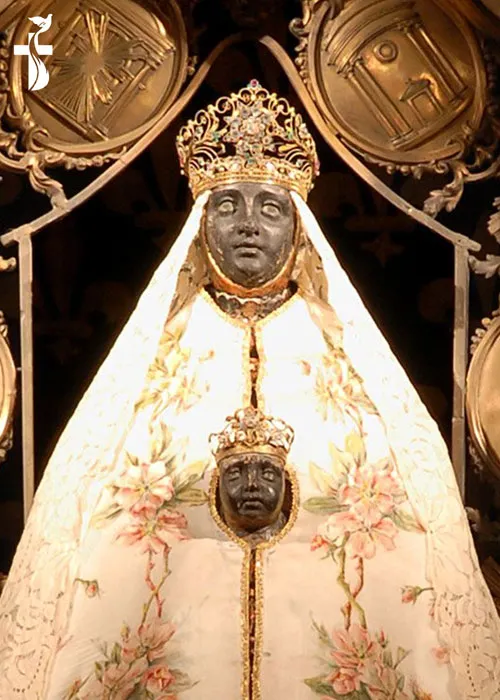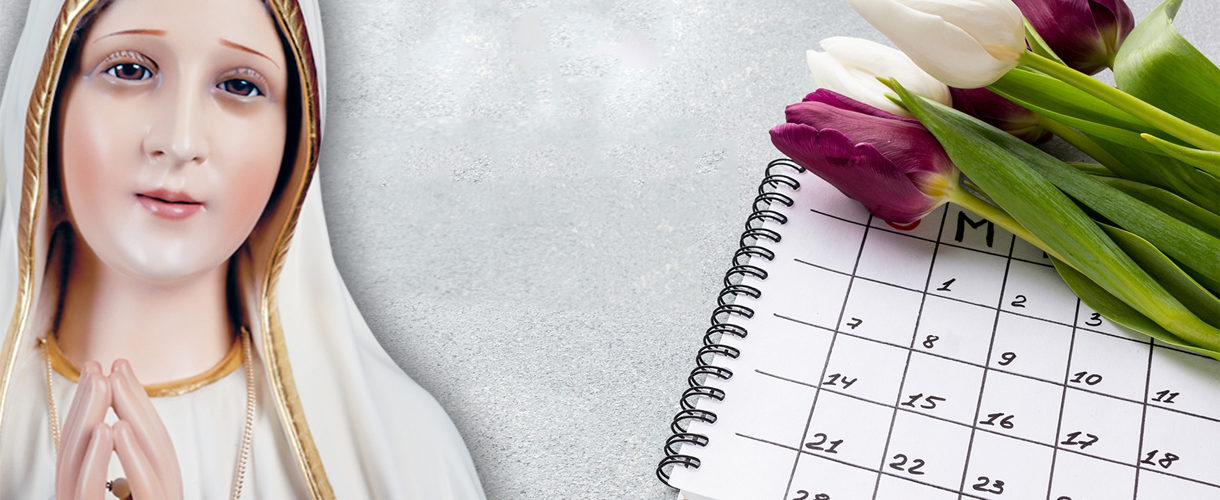
Our Lady Of Puy
Country : France
Year : 1254
On the road which passes the shrine of Our Lady of the Thorn, high up in the Jura Mountains, there is the shrine of Our Lady of Puy. All crusaders passed this on their way to the Holy Land on pilgrimage to rescue the Holy Places from the hands of the infidel.
There was scarcely a knight who did not go to bid farewell to Our Lady of Puy and ask her to care for his dear ones, should he not return. Close to this shrine lived a wealthy nobleman, lord of a beautiful, spacious castle in the gorge, who offered hospitality to all while they made their devotions to the Mother of God and entrusted themselves body and soul to the Gracious Virgin Mary.
Le Puy claims to be the place of the earliest vision of the Blessed Virgin. She appeared to a sick woman in the first century, A.D. In 1254 Saint Louis IX gave an ebony image of Mary to the cathedral there. It has continued to be a place of pilgrimage, though the original image was burnt at the [French] Revolution. The list of holy and great men who came as pilgrims is as impressive as the numbers of ordinary people. Pope St. Leo IX declared that the Mother of God is nowhere given a more special and filial veneration.
Le Puy observes a privileged jubilee or holy year whenever Good Friday falls on the feast of the Annunciation; this does not happen often—the last time was in 1932, and the next time will not be this side of the year 2000.
In 1860 a large statue of Our Lady of France was blessed at Le Puy; it is made of the metal of over two hundred pieces of artillery, captured by the French at Sevastopol in the Crimean War.
Before the rise of Lourdes, Le Puy, Chartres, and Liesse were the greatest Marian centers of France.
When the consecration of the shrine of Puy was to take place, it was made known to the Bishop that it had been consecrated by angels; the doors opened of themselves; the bells rang of themselves; the candles were found lighted and the Holy Chrism which the angels had used was found still fresh upon the altars and the walls.
Although St. George was its first Bishop and had marked out the site of the church, the church was not built till the year 221. Mary herself gave the charge of it to St. Evodius, Bishop of Vosi, who was ordered by Our Lady to transfer his episcopal see to Puy.



